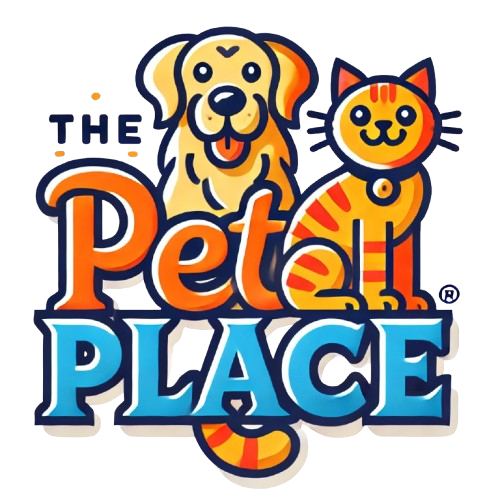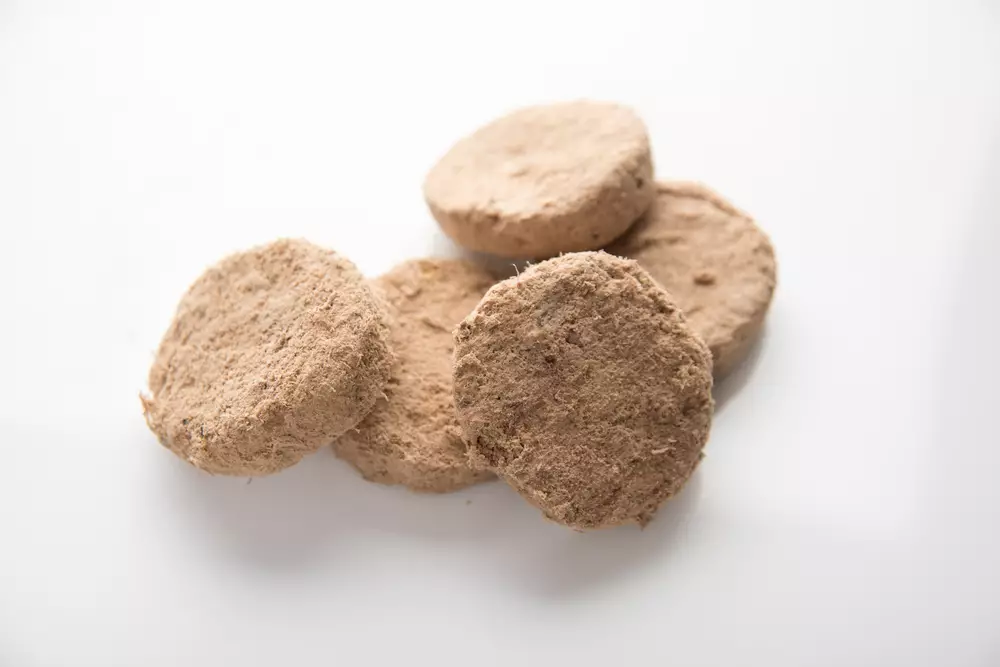In recent years, the landscape of pet nutrition has undergone significant transformations, with a growing emphasis on the quality and type of food we provide for our furry companions. Among these innovations, freeze-dried dog food has emerged as a formidable contender against traditional kibble. As conscientious pet owners strive to make the best choices for their canine companions, a closer examination of these two feeding options is essential.
Freeze-dried dog food is not simply a trendy lifestyle choice; it’s a shift toward embracing the nutritional philosophies that prioritize a dog’s natural dietary needs. What makes freeze-dried dog food so promising? The freeze-drying process involves removing moisture from raw ingredients in a way that preserves their nutritional integrity. This method not only retains essential vitamins and minerals but also mirrors a raw diet that most dogs’ ancestors thrived on. On the other hand, traditional kibbles, while convenient and cost-effective, often undergo a high-heat cooking process that diminishes their nutritional profile.
Understanding Freeze-Dried Dog Food Benefits
The magic behind freeze-dried dog food lies in its dual benefits: nutrient retention and convenience. The cold preservation method allows these diets to be light, shelf-stable, and free from preservatives. For dog enthusiasts seeking a thoughtful approach to feeding, this means storing food that can last without spoiling, all while providing optimal health benefits through a raw, protein-rich diet.
Additionally, the versatility of freeze-dried dog food cannot be overstated. Pet owners can serve it as-is or easily rehydrate it for a fresh meal experience. The flavor profile of freeze-dried foods tends to be richer and more appealing to dogs, which can persuade even the pickiest eaters to enjoy mealtime.
However, the price tag on freeze-dried food can be a deterrent. Ranging between $25 to $50 per pound, many pet owners may find this a considerable investment compared to everyday kibble, which can be found at as little as $0.50 to $2 per pound. Nonetheless, pet owners should evaluate the long-term health benefits of premium nutrition against the initial costs.
The Practicality of Kibble
On the practicality front, traditional dry dog food undoubtedly wins the convenience race. Kibble is designed for easy measurement and storage while boasting a long shelf life. This makes it an accessible option for busy pet parents, especially those who juggle numerous responsibilities. The crunchy texture of kibble also provides dental benefits by helping to reduce tartar build-up, thereby acting as an added layer of care for your dog’s oral hygiene.
Kibble is mass-produced and widely available, which also means price competitiveness, allowing most pet owners to find something that fits their budget. However, the quality of ingredients can differ dramatically among brands. While premium kibble offerings boast whole grains and quality protein sources, cheaper alternatives may rely on fillers such as corn, wheat, or soy—ingredients that can contribute little to a dog’s overall health and, in some cases, trigger allergies.
Furthermore, the cooking method used to create kibble often leads to nutrient degradation, a significant disadvantage compared to the superior nutrient retention found in freeze-dried alternatives. For owners striving for optimal health outcomes, this might mean reconsidering the types of kibbles available in their local stores.
Digestibility and Health Considerations
Another crucial aspect to consider when weighing freeze-dried food against kibble is digestibility. Dogs are designed to process raw meat and vegetables, which is why the minimally processed nature of freeze-dried diets can offer better absorption of nutrients. This could potentially lead to less waste and improved overall health in canine companions. Recognizing that different dogs react variably to certain foods, it’s paramount for owners to monitor their pets’ health and adjust their diets accordingly.
Furthermore, freeze-dried food aligns well with the needs of dogs who experience food sensitivities or allergies, thanks to its clean, limited ingredient compositions. It’s essential to choose a high-quality freeze-dried brand that caters specifically to a dog’s dietary requirements.
In contrast, traditional kibble can sometimes lead to digestive issues owing to the inclusion of fillers. Pet owners should ensure they are selecting high-quality brands that avoid common allergens whenever possible.
Balancing Nutrition and Budget
Ultimately, the choice between freeze-dried dog food and traditional kibble must correlate with individual preferences, nutritional philosophies, and, importantly, budget constraints. Freeze-dried food provides a high-quality, nutrient-rich option that closely aligns with a dog’s ancestral diet but comes with a significant price difference. Kibble, while convenient, demands careful consideration of ingredient quality and nutritional balance.
Recognizing that pets are part of the family, prioritizing their dietary health sets the foundation for longevity and wellness. Always consult with a veterinarian to tailor a nutrition plan that best suits your beloved companion, ultimately embracing the chance to provide a better life through nourishing food choices.


Leave a Reply